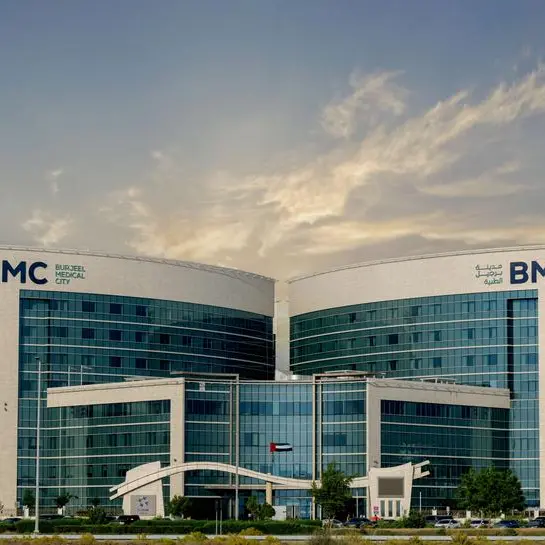More teenage girls are admitted to the maternity ward of Quthing government hospital than women of childbearing age.
“We see them mostly because we admit them at the waiting mothers’ shelters,” says Ntebaleng Stoffel, a nurse midwife on the ward. “Since they are prone to risk, they have to deliver at hospital, not any other health facility.”
Lineo Mabusa, a nurse midwife in the hospital's antenatal clinic, confirms that 87 per cent of those who seek antenatal care services at the clinic are teenagers aged between 13 and 19.
Teenage pregnancy remains a challenge in Lesotho. The adolescent birth rate is high, at 94 per 1,000 girls aged 15-19 (2003-2018).
A 2017 report by the United Nations Education, Scientific and Cultural Organization (UNESCO) listed Lesotho among the leading countries on early and unintended pregnancies. Six out of 10 girls (60 per cent) aged 15 to 19 are mothers or pregnant with their first child, which places Lesotho second to Namibia (seven out of 10 girls) for high rates of unintended pregnancies among the East and Southern African countries, the report stated.
Because their bodies are not yet fully developed, pregnant adolescent girls are at greater risk of complications such as cephalopelvic disproportion (CPD), which leads to difficulties in the unborn baby descending. This usually means a Caesarean section is necessary, explains Ms. Stoffel.
Often, pregnant teenagers are not able to follow birthing instructions due to lowered understanding, she says. For example, a young mother may start pushing the baby out before their cervix is sufficiently dilated, causing a cervical tear.
When stigma impacts access to critical services
Unfortunately, pregnant teenagers do not always seek adequate antenatal care services due to the challenges and stigma that they face, says Ms. Mabusa.
“Most of them come late for ANC [services] because they are afraid of coming without informing [their] parents. Sometimes they do not have transport to the facility, or they are afraid of their peers knowing that they are pregnant,” she says.
Some adolescent girls hide their pregnancies because they do not want to miss any classes at school. “Most of them have pregnancy induced hypertension (PIH), which is rife among the teenagers. Others end up with miscarriages mainly due to excessive stress, often caused by embarrassment and fear,” Ms. Mabusa says.
Health risks for young mothers and babies
Early childbearing is associated with health risks for both mother and child. Teenage mothers are more likely to experience pregnancy-related complications that lead to maternal death.
In Lesotho, the maternal mortality ratio is high, at 618 deaths per 100,000 live births (Census 2016). Studies have shown that women in Lesotho mostly die of obstetric haemorrhage (33 per cent), hypertension-related conditions (24 per cent) and puerperal sepsis (6 per cent).
Out of concern for the high rate of maternal deaths, UNFPA, the United Nations sexual and reproductive health agency, supports the Government of Lesotho’s efforts to increase access to quality sexual and reproductive health and rights (SRHR) services that are integrated and youth friendly. The aim of these efforts is to prevent maternal mortality, reduce new HIV infections and eliminate gender-based violence and harmful practices.
UNFPA also leads on implementation of the 2gether 4 SRH joint programme, in collaboration with UNAIDS, UNICEF and WHO, to scale up SRHR, HIV and sexual and gender-based violence services for all, especially adolescent girls, young people and key populations. The programme provides catalytic support to the government, civil society and communities.
Distributed by APO Group on behalf of United Nations Population Fund (UNFPA).
© Press Release 2021
Disclaimer: The contents of this press release was provided from an external third party provider. This website is not responsible for, and does not control, such external content. This content is provided on an “as is” and “as available” basis and has not been edited in any way. Neither this website nor our affiliates guarantee the accuracy of or endorse the views or opinions expressed in this press release.
The press release is provided for informational purposes only. The content does not provide tax, legal or investment advice or opinion regarding the suitability, value or profitability of any particular security, portfolio or investment strategy. Neither this website nor our affiliates shall be liable for any errors or inaccuracies in the content, or for any actions taken by you in reliance thereon. You expressly agree that your use of the information within this article is at your sole risk.
To the fullest extent permitted by applicable law, this website, its parent company, its subsidiaries, its affiliates and the respective shareholders, directors, officers, employees, agents, advertisers, content providers and licensors will not be liable (jointly or severally) to you for any direct, indirect, consequential, special, incidental, punitive or exemplary damages, including without limitation, lost profits, lost savings and lost revenues, whether in negligence, tort, contract or any other theory of liability, even if the parties have been advised of the possibility or could have foreseen any such damages.



















